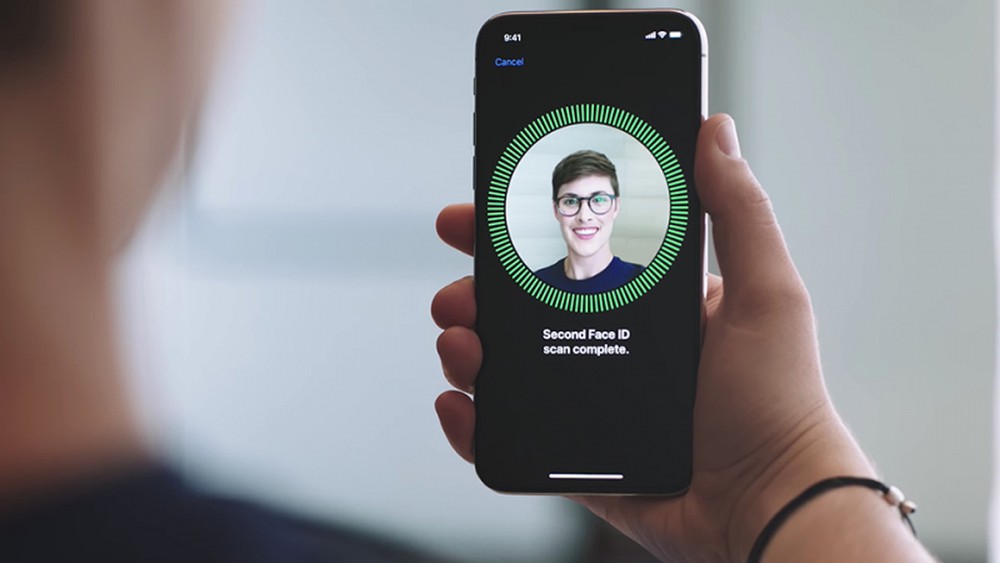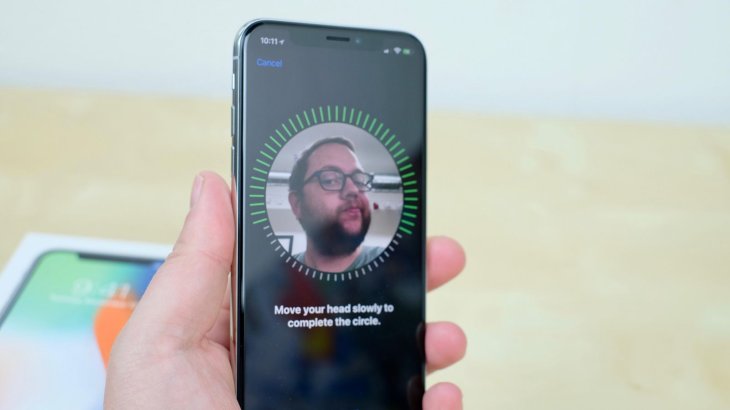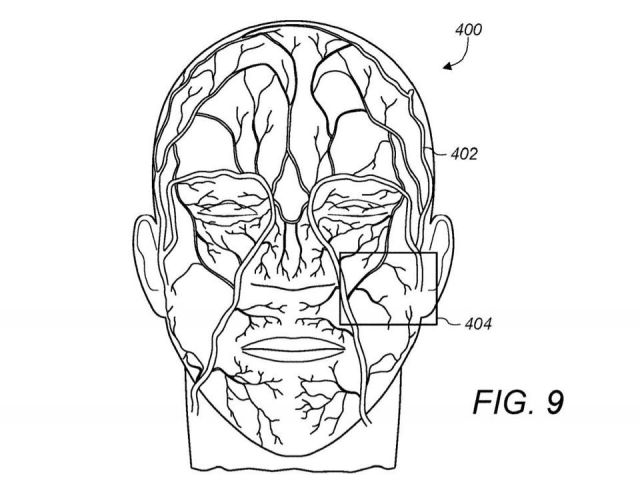2019 iPhone To Tell Twins Apart By Scanning Blood Vessels And Vein Patterns
Dhir Acharya - Mar 22, 2019

The feature is named Subepidermal Imaging, which Apple designs to scan subepidermal features of the user’s face when they use Face ID on the iPhone.
- Best Gaming Phones 2025: Top Devices for Mobile Gaming
- Apple Kills Original HomePod, Focusing On HomePod Mini
- iPhone 12 Color Is Fading Away Quickly And No One Knows Why
Previously, Apple rolled out its Facial Recognition to smartphones; at that time, however, the product was far from perfect. And while Face ID remains among the most secure technologies of biometric authentication for smartphones, it still fails to tell identical twins apart, which can be a big issue.
Nevertheless, it seems that the iPhone maker has come up with a solution to fix the flaw and to probably apply on the 2019 iPhone series.

According to a patent application Apple newly filed to the US Patent and Trademark Office (UPSTO), the company will incorporate its Face ID tech with a new “vein matching” feature to address difficult cases in biometric authentication. The feature is named Subepidermal Imaging, which Apple designs to scan subepidermal features such as blood veins/vessels of the user’s face when they use Face ID.
The patent says that assessing subepidermal features in the authentication process with facial recognition can help with distinguishing between users with similar facial features like twins and siblings.

An image from the patent
The Cupertino-based company said that with Subepidermal Imaging, it can raise the reliability and accuracy of Face ID on iPhones and iPads. To put it simply, the next generation of Face ID will easily tell twins and siblings apart by accessing users’ blood vessels. Right now we can’t say how the company will make this work, but it is likely that OEM will involve a front-facing camera, speckle illuminator, flood illuminator, neural network module, and some image signal chip in measuring the unique absorption properties of each user’s eye vein and blood vessels features.
In the patent, Apple also said that people can have the same outward-facing facial feature, but none of them share the same vein patterns in the face’s subepidermal layers, no exception for identical twins.

Featured Stories

ICT News - Dec 25, 2025
The Visibility Concentration Effect: Why Half the Web Isn’t Qualified Anymore

ICT News - Jul 05, 2025
Windows 11 is Now the Most Popular Desktop OS in the World

ICT News - Jul 02, 2025
All About Florida’s Alligator Alcatraz: A Smart Move for Immigration Control

ICT News - Jun 25, 2025
AI Intimidation Tactics: CEOs Turn Flawed Technology Into Employee Fear Machine

ICT News - Jun 24, 2025
Tesla Robotaxi Finally Hits the Streets: $4.20 Rides That'll Make You Hold Your...

ICT News - Jun 24, 2025
World's First Flying Humanoid Robot Takes Flight

ICT News - Jun 24, 2025
When Closed Source Met Open Source: Bill Gates Finally Meets Linus Torvalds After...

Gadgets - Jun 23, 2025
COLORFUL SMART 900 AI Mini PC: Compact Power for Content Creation

ICT News - Jun 22, 2025
Neuralink Telepathy Chip Enables Quadriplegic Rob Greiner to Control Games with...

ICT News - Jun 20, 2025
Comments
Sort by Newest | Popular